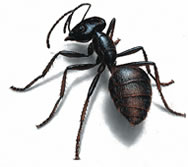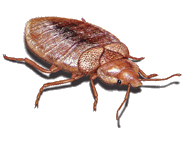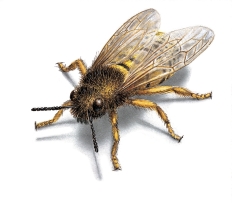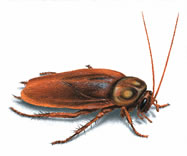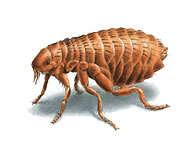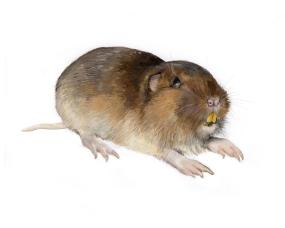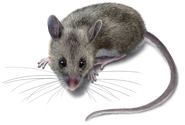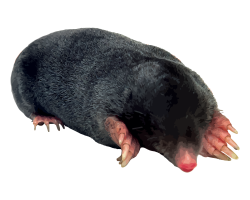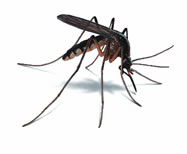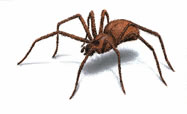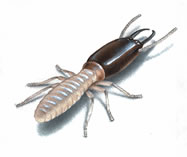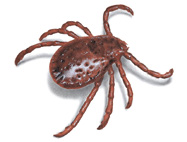West Oaks Pest Control
We're NOT Your Average Pest Control Company!
We're NOT Your Average Pest Control Company!
We Will Exceed Your Expectations!
For A Free Consultation
805-642-6077
Bees
Found globally, bees are winged insects of the super-family Apoidea, order Hymenoptera. There are more than 20,000 recorded bee species. Chalicodoma Pluto, the largest of these creatures, is reported to be 1.6 inches long, while Perdita minima, the most diminutive of bees, are only 0.07 inches long. Bees can be black or brown with red, yellow or lustrous blue stripes. Some bees are notable for their ability to collect substantial amounts of honey. All bees are hairy, a trait which is crucial to the collection of pollen. Flowers and flourishing vegetation usually indicate the presence of bees: there is no insect as important as the bee when it comes to pollination. Many female bee species have rows of bristles on their hind legs which form a hollow basket. When the bee lands on a flower, pollen grains are combed into the hollow basket and bristles. Cross-pollination occurs when the displaced grains of pollen are distributed to the fertile pistils of other flowers as the bee alights upon them.Although only females are able to transfer pollen, all bees are able to sip the nectar from flowers using a tongue-like organ. This nectar is their primary source of energy. Pollen is sustenance for both adult and larval bees, as it contains protein and other nutrients necessary to their survival. Bees possess an organ that converts nectar into honey, which is collected depending on the species inside the hive, or bee colony.
While some bees are insular and solitary, species such as honey bees and bumblebees are tremendously social. Bee colonies are comprised of three castes: the queen bee, infertile female worker bees, and male drones. The queen mates and lays eggs for the span of her life. Queens can live up to five years, though most average a lifespan of two to three years. Male drones exist solely to fertilize the queen and die soon after having fulfilled their task. Female worker bees perform a multitude of tasks necessary to the survival of the hive. As a result of their constant laboring, their average life span is usually a mere six weeks.

